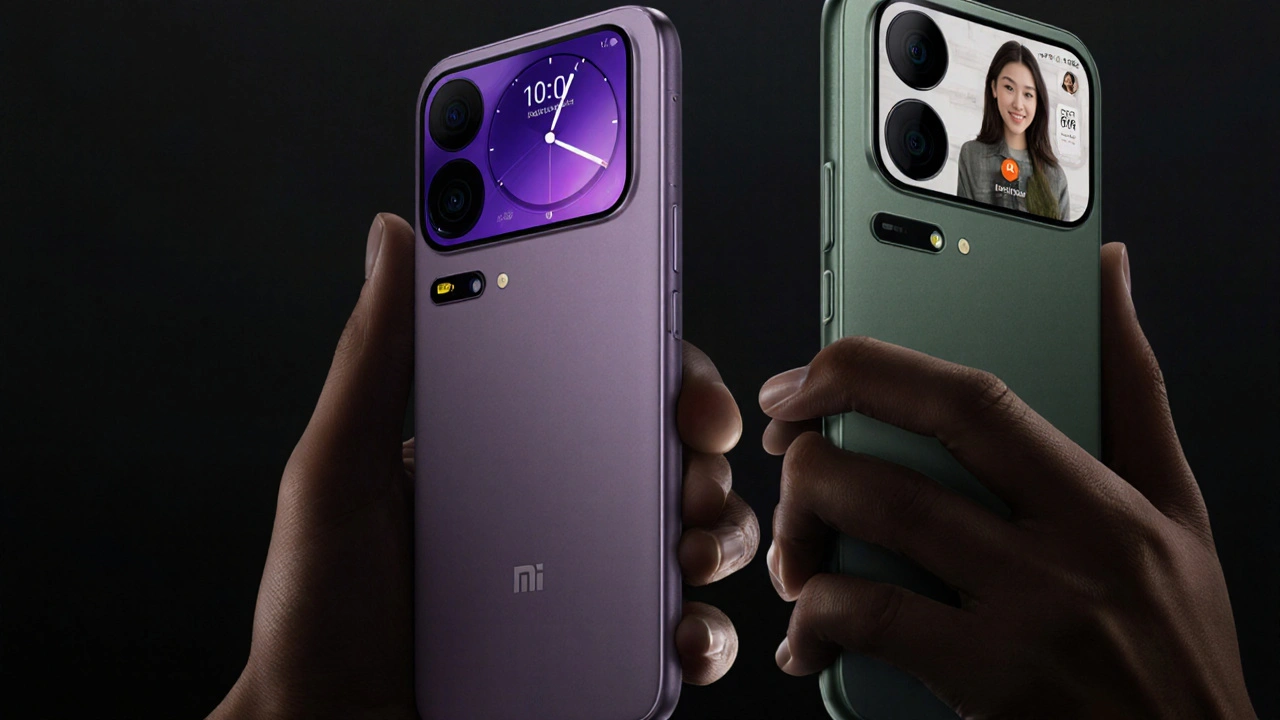Mobile AI: Latest News, Apps, and How It Impacts Your Phone
Artificial intelligence is no longer a buzzword you hear only in tech conferences. It’s inside the phone you hold every day. From smarter cameras to voice assistants that actually understand you, mobile AI is reshaping how we use our devices. This page pulls together the newest updates, practical tips, and real‑world examples so you can stay ahead without wading through endless tech blogs.
Why Mobile AI Matters
First off, mobile AI makes your phone faster and more useful. When the camera recognizes a scene and adjusts settings on the fly, that’s AI at work. When a language app translates speech in real time, you’re seeing AI cut down the language barrier. Even battery life gets a boost because AI can learn how you use apps and allocate power accordingly.
What’s more, AI on your phone keeps your data private. Many AI features run locally, meaning your photos or voice recordings don’t need to leave the device. That’s a big win for privacy‑conscious users who still want cutting‑edge performance.
For businesses, mobile AI opens a new channel to reach customers. Retail apps can suggest products based on browsing patterns, and health apps can monitor vitals with built‑in sensors. If you’re a developer, the growing AI toolkits from Google, Apple, and Microsoft make it easier to add smart features without starting from scratch.
Top Mobile AI Trends to Watch
1. On‑device AI processing. Chips like Apple’s A17 and Qualcomm’s Snapdragon 8 Gen 3 are designed to handle AI tasks locally. Expect faster photo enhancements, smoother AR experiences, and less reliance on cloud servers.
2. Generative AI in apps. Text‑to‑image generators and AI‑powered writing assistants are popping up in mobile versions of popular tools. You can now create graphics or draft emails directly on your phone, saving time and money.
3. AI‑driven security. Mobile malware detection is getting smarter. AI models learn to spot suspicious behavior in real time, giving you a layer of protection that updates itself as threats evolve.
4. Voice assistants becoming conversational. The latest updates let assistants handle multi‑step requests without you repeating yourself. Ask your phone to book a flight, find a restaurant, and set a reminder—all in one go.
5. Augmented reality (AR) powered by AI. AI helps AR apps place virtual objects more accurately in the real world. This means better gaming, interior‑design previews, and educational tools that feel natural.
All these trends point to one thing: your phone will keep getting smarter, and the learning curve is getting flatter. Most new AI features roll out as software updates, so keeping your OS current is an easy way to benefit.
If you’re looking for apps to try right now, start with a photo editor that uses AI for background removal, a language app that offers instant speech translation, and a health tracker that predicts sleep quality based on daily patterns. These choices give you a taste of how AI can simplify everyday tasks.
Finally, remember that AI is a tool, not a magic solution. Test new features, read privacy settings, and decide what works for you. With the right approach, mobile AI can turn a regular phone into a personal assistant that actually saves you time.
Stay tuned to this page for fresh updates, deep‑dive reviews, and step‑by‑step guides that help you get the most out of mobile AI. The future of smartphones is already here—let’s explore it together.
Xiaomi 17 Series Unveiled with Snapdragon 8 Elite Gen 5: A Direct Challenge to Apple
Xiaomi launched its 17 lineup on September 25, 2025, the first phones to house Qualcomm's Snapdragon 8 Elite Gen 5 built on a 3nm process. The trio – 17, 17 Pro, and 17 Pro Max – packs a rear secondary display, a 7,300 mAh battery and a performance edge that rivals Apple's A19 Pro. CEO Lei Jun pledged RMB 200 billion for tech development, signaling a bold push into premium markets.
View more